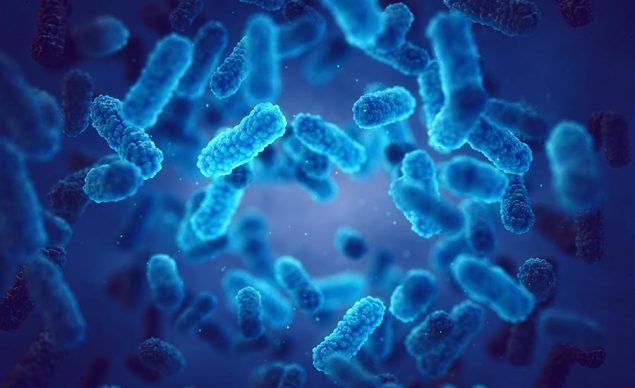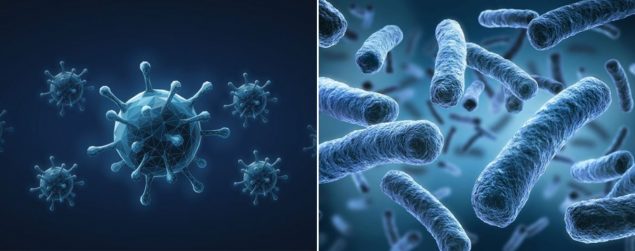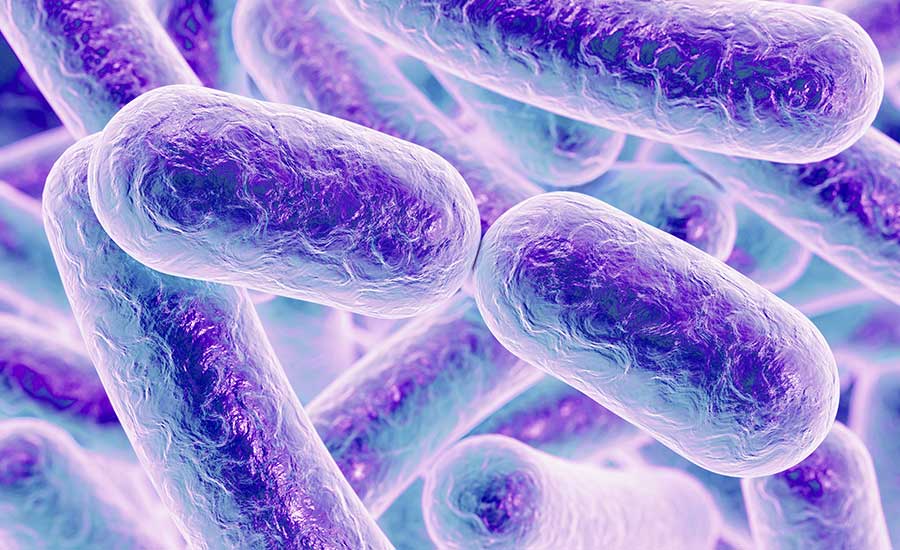Related Resources
If you’ve already read the Biowars digital comic book, you know the origin story of Tenzor, who is one of the most dangerous bacteria in the BioCosmos. But for those who may not be familiar, here’s a little background on where this biological villain came from.
The Great Transformation
Contrary to what most people think, not all E. coli bacteria are harmful, and this was certainly the case with Bacter and her friendly tribe of E. coli microbes.
Entering the BioCosmic Universe by way of a small cut on Alex Hawking’s body, Bacter and her tribe thought they’d found their peaceful paradise in a young and healthy host. Little did they know, however, that a legion of BioWarrior Macrophages were already heading their way in order to destroy them.
Hiding out in the fold of tissue, Bacter watched as her tribe was slaughtered by the BioWarrior Scathe and his minion of biological do-gooders—and she watched until the lives of every last one of her people were lost.
This obviously didn’t sit well with Bacter—but an opportunity for revenge soon awaited her.
After hooking up with Raze, the genetically-enhanced bacterium whose only mission was to destroy the BioCosmos, Bacter was persuaded into bacterial conjugation, and began her metamorphosis into the malicious anti-hero known as Tenzor.
But would becoming evil give her the revenge she sought on the BioWarriors? You can discover this for yourself by reading the comic. Meanwhile, here is some of the science behind bacteria.
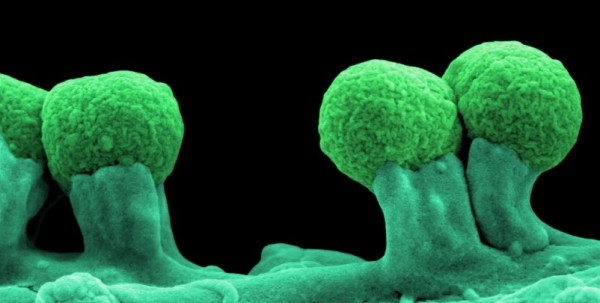
The Basics of Bacteria
When you think of bacteria, you probably think of germs. Yet, the truth is there are countless bacteria that help you do everything from making vitamins and breaking down waste products to maintaining your health both inside and out.
And while bacteria may be simple, single-celled organisms, they certainly know how to survive. Not only were they one of the first living organisms to appear on Earth, but billions of bacteria can be found in places that other life forms tend to avoid, like acidic hot springs, radioactive waste and the deepest parts of the Earth’s core.
In fact, just one tiny gram of soil can contain roughly 40 million separate, living bacterial cells. Or in the case of humans, there are more than 10 times the number of bacterial cells living both inside and outside your body than all your cells put together.
Pretty impressive, right?
So to say that bacteria are always the bad guys wouldn’t totally be accurate—but it also wouldn’t be totally wrong either.
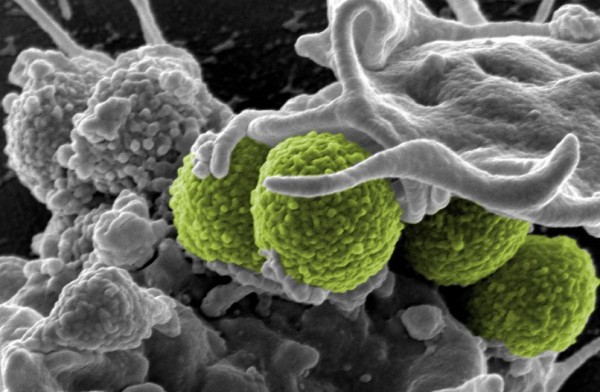
The Bad Guys of Bacteria
While good bacteria do exist—and they contribute to such things as making life-saving antibiotics, sourdough bread and yogurt—there are plenty of bad bacteria who don’t always have your best interests in mind.
Compared to the good guys, bad bacteria make up less than 1 percent of the total number of bacteria discovered around the world. That means that over 99% of the time, these tiny microbes are providing some kind of assistance to you or the environment you live in.
But if you happen to get infected with a Streptococcus, Staphylococcus, Bacillus Anthracis or any other type of unhealthy bacteria, you have a pretty good chance of getting sick—or even dying. Well, that is unless you have a fairly strong immune system prepared to take on these bacteria, who can create millions and millions of exact copies of themselves through binary fission in as little as 20 minutes. This means one bacterium can make 2,097,152 duplicates in just 7 hours—and is exactly what makes your own body’s BioWarriors absolutely necessary.
There are ways you can help out your BioWarriors, however. Whenever you’re exposed to bad bacteria and they begin a takeover of your immune system, one thing you can do to combat these villains is by taking antibiotics, which are made from other living organisms such as fungi, mold and healthy bacteria.
Yes, you read that correctly, sometimes it takes good bacteria to take down bad bacteria. Not only do antibiotics stop the reproduction process, but they can even destroy these malicious microbes altogether, and get you on the road to good health again.
But in the case of Alex Hawking, will antibiotics be enough? Can Alex really overcome the evil presence of these bacteria that are working together with the Z-Kron Virus known as Viron? Be sure to read every issue of Biowars to find out for yourself.




